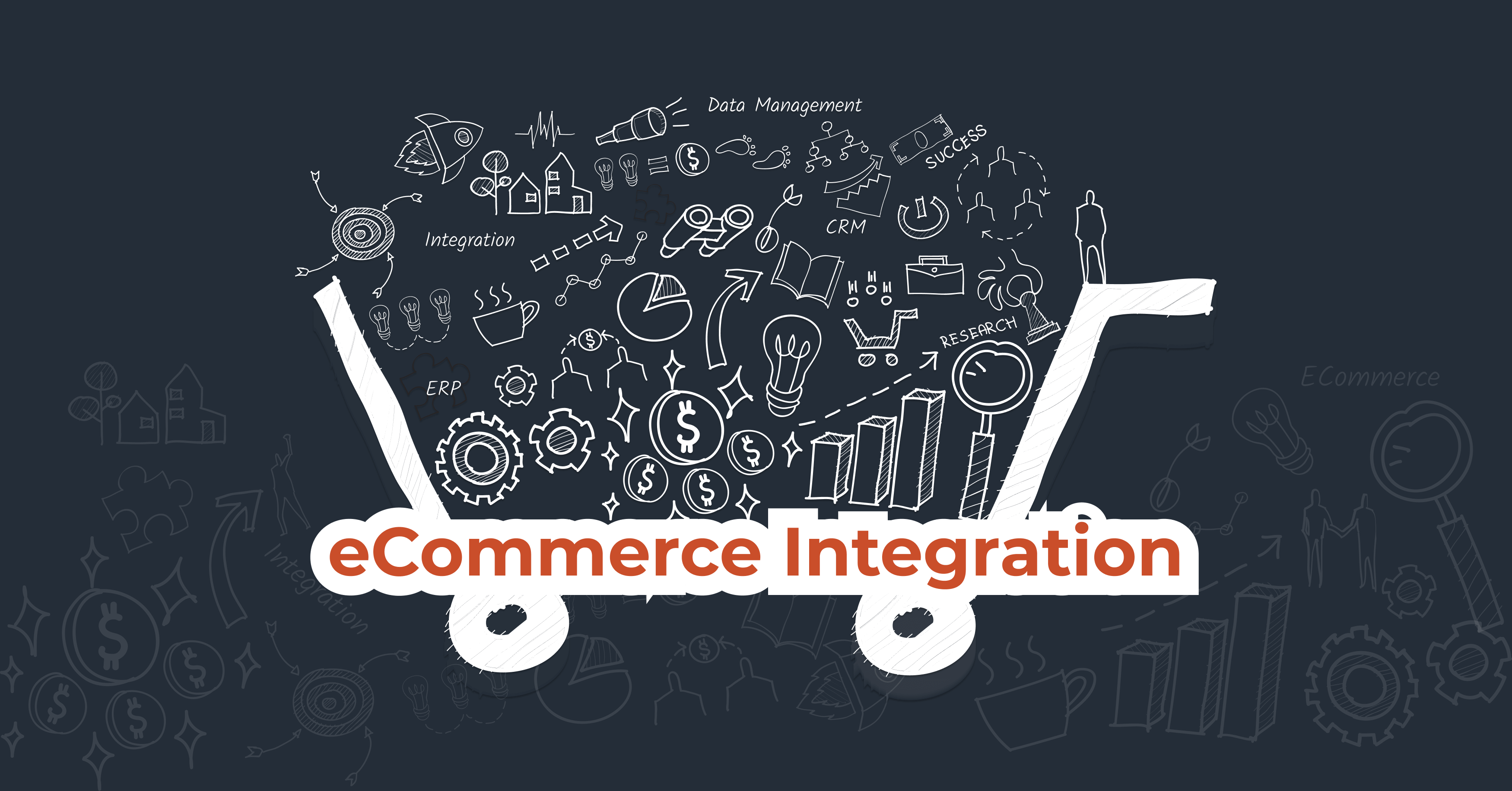Want to improve user experience? Complement your digital marketing strategy through content and commerce integration?
Content-driven Commerce is a goldmine to amplify customer experience. The digital landscape is transforming day by day. Customers are looking for a personalized content-driven experience. The possibilities in omnichannel marketing have increased customer expectations forcing eCommerce vendors to explore new terrains to enrich customer experience.
Is your business ready for this drastic change?
The current market evaluation leads us to the emerging trends in content and commerce integration. Brand stories through engaging narratives are the new norm. Let’s explore what is content commerce and why is it more important now?
What is Content Commerce?
Content commerce is the strategic integration of content-driven marketing to nurture brand loyalty and provide value to customers. It focuses on content as a service and develops a consistent and connected experience to drive customers towards the purchase path.
 According to recent research by HubSpot,
According to recent research by HubSpot,
- 47% of buyers view three to five pieces of content before engaging with a sales rep.
- 82% of marketers report actively using content marketing in 2021, up 70% from last year.
- Nearly 40% of marketers say content marketing is a very important part of their overall marketing strategy.
Content as a marketing tool can help you entice customers by providing unique information that differentiates your services from that of your competitors. Awareness about brand and product is integral to building a connection with the customer. Stellar content is key to provide a personalized brand experience and gain repeat customers.
Why Do You Need a Content and Commerce Integration To Amplify Marketing Strategy?
You have an eCommerce store with potentially multiple hundred SKUs. However, you cannot connect your customers with each product if you lack a content strategy to complement your commerce. Brands mostly struggle with creating quality content for multiple channels and also find it challenging to integrate data from multiple sources.
Here are the top 3 reasons that explain why you need content and commerce integration to deliver a rich customer experience:
Inform & Inspire Customers
Content, if rightly curated, can generate interest in the minds of customers. Specific content channelized to the right customers will educate them about your product and inspire them to take necessary actions. 79 percent of people say that user-generated content highly impacts their purchasing decisions. Customers expect accurate and detailed descriptions, it is how they will be able to build trust in your products before purchasing them. Moreover, good product content provides solutions to your customers’ unique challenges.
Suggested Reading: How to Write a Killer eCommerce Product Description- 10 Practical Tips!
Boost Brand Value & Engagement
89% of B2B marketers say brand awareness is the most important goal, followed by sales and lead generation. Whether it be audio-visual content or written content, they act as a mouthpiece to your brand. If you want to raise your brand voice, you should have a stellar content strategy that is consistent, confident, accurate, and effective. Website blogs, guest blogs, and social media content are proven mediums to set your brand tone and engage with customers.
Drive Search Visibility
Statistics confirm nearly 93% of web traffic comes through search engines. Shoppers prefer search engines as a primary touchpoint to find the product they are looking for. Content created using the right keywords accelerates visibility and enhances brand reach.
Discover Key Challenges To Find the Best Solutions
Trouble in Flexible Integration
The proliferation of sales channels demands personalized content across all the channels. Integrating data from multiple sources and aggregating them for different platforms by understanding user demography, language and currency is a challenge for eCommerce vendors who want content and commerce integration. A Digital Asset Management (DAM) system is necessary to consolidate fragmented data.
Recommended Reading: Consider An Epicor P21 – PIM Integration Right Away: Here’s Why
Difficulty in Real-Time Updates & Optimization
Frequent manual updates according to user demand and market requirements are always a challenge in traditional eCommerce. You need a CMS and Product Information Management (PIM) tool to distribute rich content across social media and other platforms. Real-time monitoring and optimization are crucial to staying relevant in the market.
 Bridge in Content And Commerce Department
Bridge in Content And Commerce Department
Bridging the gap between the content and commerce department is essential to provide a seamless user experience. Unfettered communication and information flow are vital to enriching your content. But in most cases, silo mentality and communication gaps create inconsistency in content flow and updates.
Top Strategies to Boost Content and Commerce Integration & Enrich Customer Experience
1. Mull Over Accelerating Your SEO Strategy
The visibility of your eCommerce platform is a major factor that determines your success. In order to grab traffic and leads, you must focus on improving your SEO strategies. Include user-generated content (UGC) as much as possible to leverage value. Reliable and accurate visual content will also enhance trust and bring opportunities to direct image tags for keyword optimization.
It is not necessary to provide technical content that is difficult for the general audience, who are trying to build a relationship with your brand. According to the 2018 Consumer Content Survey, customers are more likely to invest time reading informative content rather than promotional content. Integrating with multiple social media platforms to promote UGC will also boost your content optimization effort by improving visibility.
2. Augment Content Flow Across Omnichannel
A single source of truth is vital to enhance the omnichannel experience. Social channels have transformed into shoppable channels. Molding content for every channel and accessing the market at the right time can be difficult without a well-built CMS system and PIM.
Content-commerce integration would be incomplete without a PIM-enabled CMS. PIM provides you with a content repository to distribute your data across multiple channels by reducing errors and saving time & money.
Suggested Reading: 8 Reasons You Need A PIM for Marketing Your B2B eCommerce
Information management is a significant factor that affects your content flow. Optimizing your data for global and local audiences is crucial for expanding your customer base. A lack of currency conversion and language optimization can be a barrier in your journey. The process can even get tedious and error-prone if you lack a well-built product information management system.
 3. Focus on Content As a Service, Not Page View
3. Focus on Content As a Service, Not Page View
Many retailers focus on page-oriented views to create a digital experience. But, lack of responsiveness is a major issue with a page-oriented view. You cannot reuse the content in other applications. But the boom in headless commerce decouples content from the front end and display layer and distributes them across websites, mobile apps, Customer Relationship Management Software (CRM), etc. Headless commerce promotes content as a service and accelerates digital experience across a multitude of channels.
How to Plan Your Content Marketing Strategy to Master Commerce? Learn in Three Steps
Early Stage: Use content to generate Awareness
If you are beginning your content strategy, never start with shoppable content. If you directly quote, ” hey come and buy our product”, your target customers won’t do that. Building trust should be your initial goal. Familiarize your brand by providing engaging and valuable content. Talk about your industry, new updates, and set a tone for your brand.
Mid Stage: Provide Shoppable Content
Once your customers are familiar with your brand and identity, you can start enticing them with personalized recommendations. If you become a loyal brand, not only do your customers make a purchase, they will come back to you next time when they think of a purchase. So, understand your consumer demands and provide customer-facing product solutions that compel customers to buy. The way you describe your products has a massive influence on the customer being able to view your products as the solution(s) they are looking for.
Advanced Stage: Establish Value-Based Editorial Experience
Service journalism is a new way to bind content and commerce. Content is not just about talking about your product and services. It should also educate and inform your readers about what’s happening in and around your industry and the latest trends. In the advanced stage, help your customers make decisions by providing c
Enhance Your Content Capability to Drive Seamless Conversion
Content can make or break your business. A well-optimized content strategy showcases your business potential and drives traffic and conversion. It’s not just enough to write compelling descriptions! How you market them across the channels matters a lot. Integrating content and commerce is a crucial step, but it can be a headache if you lack a data repository to organize your content for multiple platforms.
DCKAP PIM offers brands robust Product Information Management solutions to experience seamless content integration across all the eCommerce channels. Provide your customers with a hassle-free shopping journey through our PIM power suit.
Get in touch to know more about content-driven marketing solutions and manage your product data.
Contents




